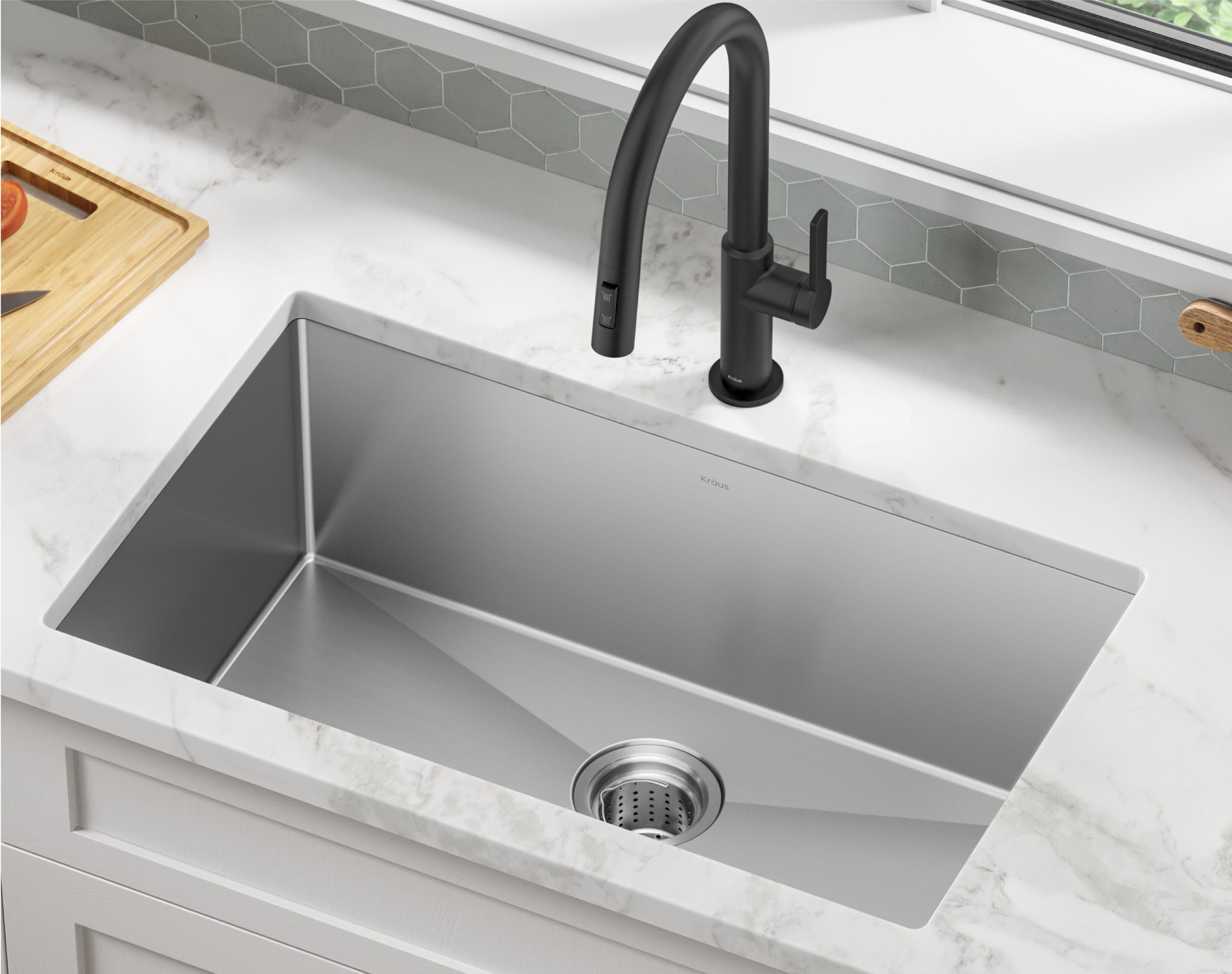Throughout history, architects Cheshire and builders have striven to build structures that are safe, comfortable, and meet the needs of the client. However, sustainable building practices have only recently begun to be more widely implemented in the industry. How have these changes come about? And how can you build buildings that are environmentally friendly? Learn more by reading this guide on sustainability in architecture.
Evolution of Energy-Efficient Homes
While we may not be able to go back and completely change the construction of our homes, we can certainly make changes that will help us to use less energy. These energy-efficient homes are easily accessible for the average homeowner and will provide a welcome relief from rising utility bills. They have become more popular in recent years as people are more aware of their environmental impact.
New Building Materials
In the past, buildings have been constructed with materials that are both cheap and easy to produce. This has often meant that toxic chemicals were used in the production of these materials. However, more recent construction materials are coming onto the market that are not only environmentally friendly but also durable and cost-effective. One such material is hempcrete, a building material made from hemp hurds (the woody interior of a stem) and lime or natural Portland cement.
Green Roofs and Natural Ventilation Systems
Green roofs are an excellent example of a sustainable architecture trend. Green roofs are created by using plants and other vegetation to create a protective layer over the roof surface. These roofs have several benefits, including being able to reduce the amount of water runoff and heat absorption into the atmosphere.
Insulating Exteriors with Plant Life
Insulating an exterior with plant life is a new idea that has been gaining popularity. The green walls are composed of living plants, usually ivy or other types of climbing plants, and they act as insulation for the building. The plants absorb CO2 and release oxygen, so it’s an environmentally friendly choice to combat climate change.

Innovative Heating, Cooling and Water Systems
One innovative example of sustainability in architecture is the use of passive heating and cooling. Passive heating and cooling use natural elements like sunlight, wind, water, and even plants to create a comfortable environment inside buildings. These systems have been used for centuries but are now seeing more popularity because they are environmentally friendly and cost-efficient. The best part is that passive systems can be used alongside other energy efficient building materials like solar panels or geothermal heating and cooling to provide an all-encompassing solution to reducing our carbon footprint.
Renewable Resources within Buildings
The use of renewable resources, such as solar panels, wind turbines, and rainwater harvesting, has greatly increased. This is because many people are realizing the importance of saving our natural resources. Some architects go even further by designing buildings that capture energy or produce it on site. For example, one architect designed a building with photovoltaic cells on the roof and geothermal wells underneath to provide heating and cooling throughout the year.
Many firms have begun using sustainable materials for construction projects.




